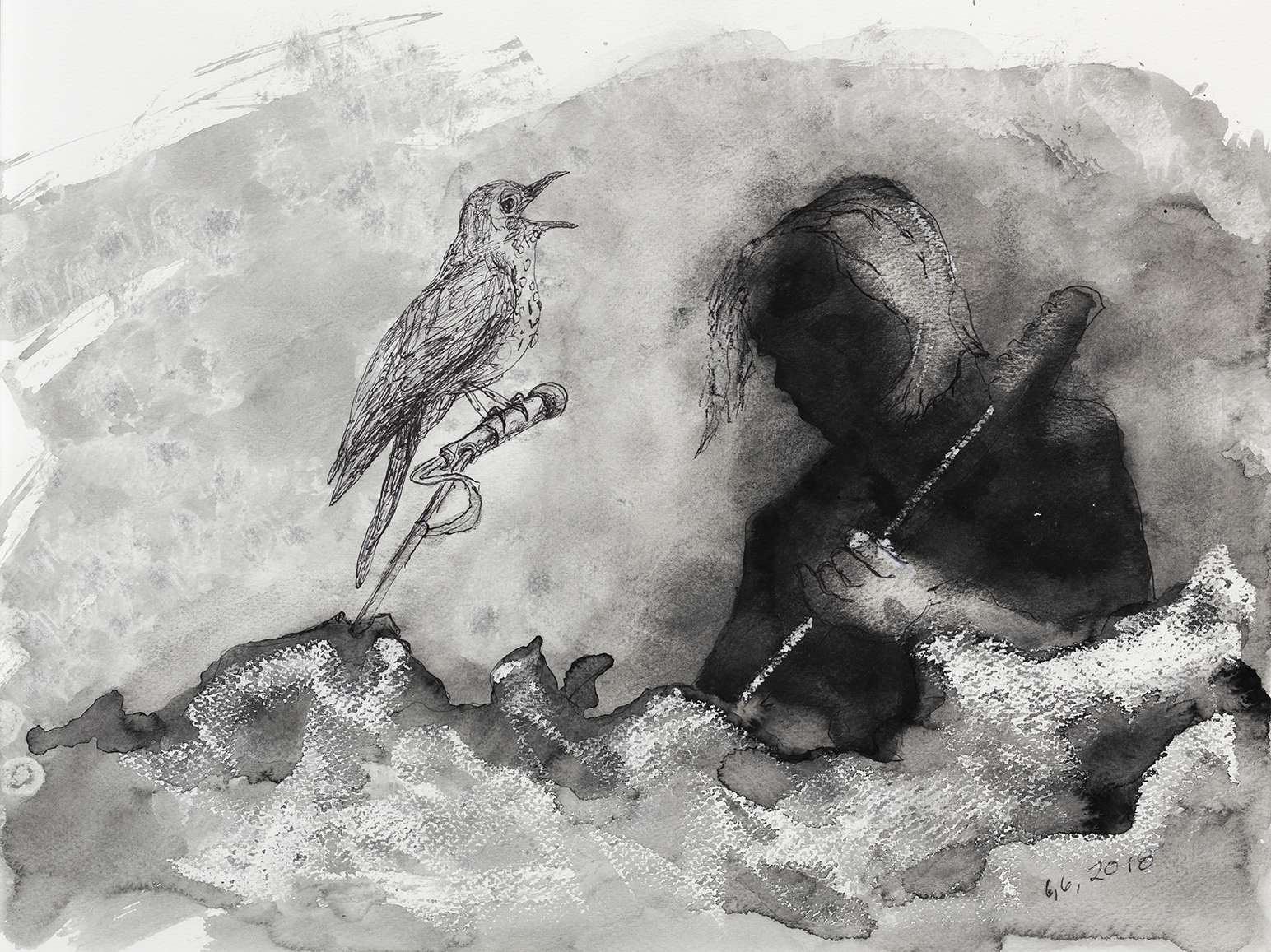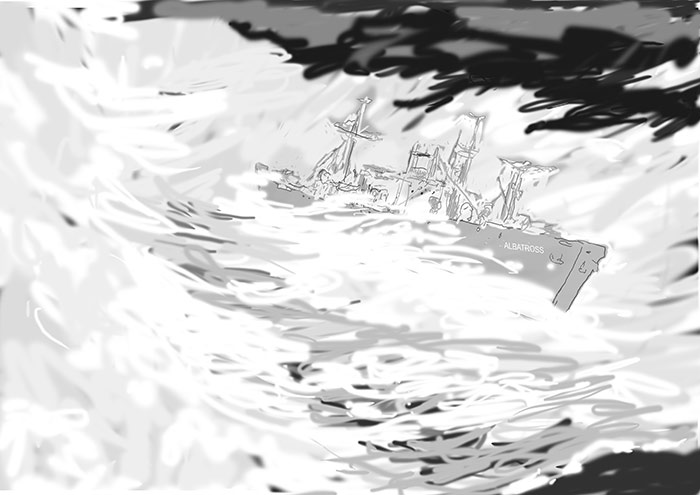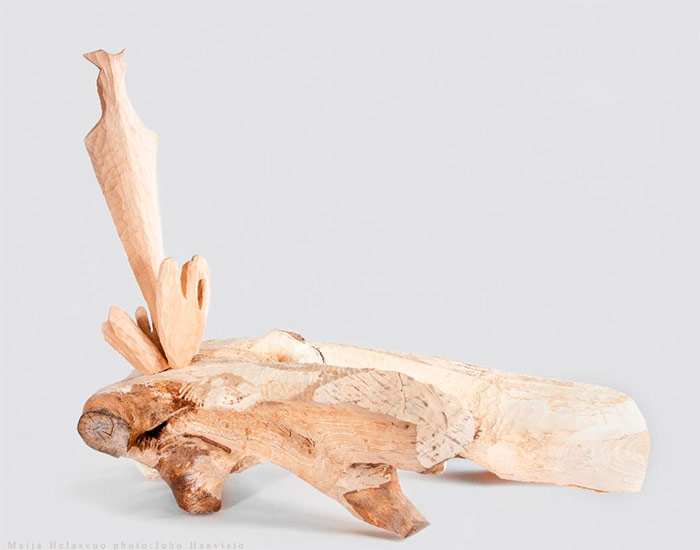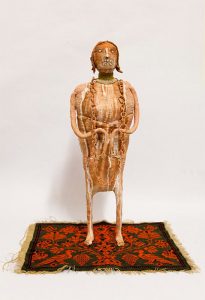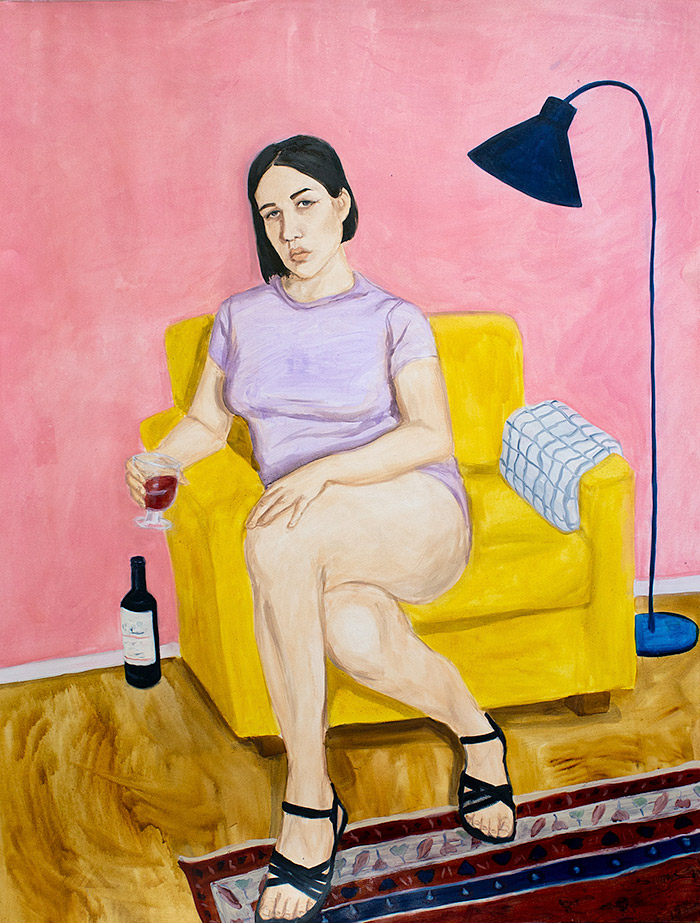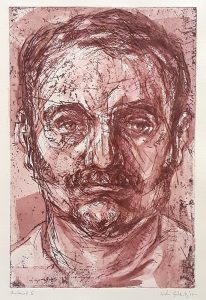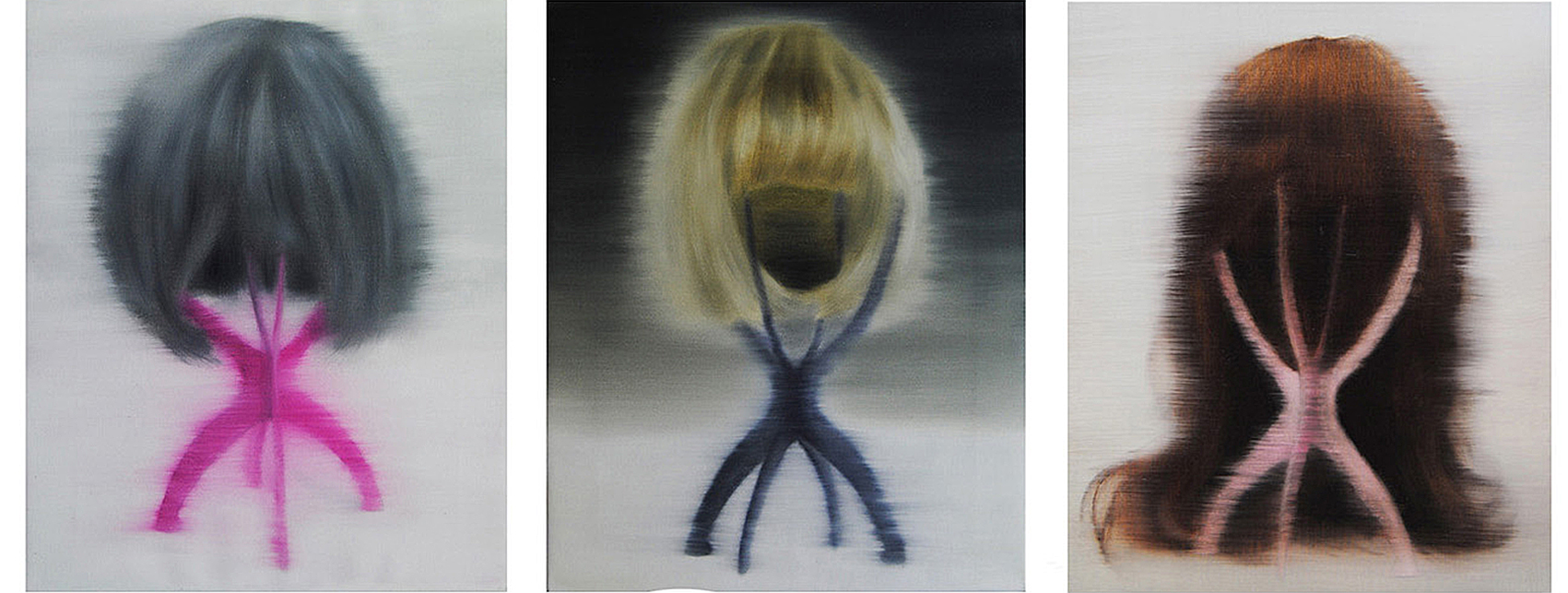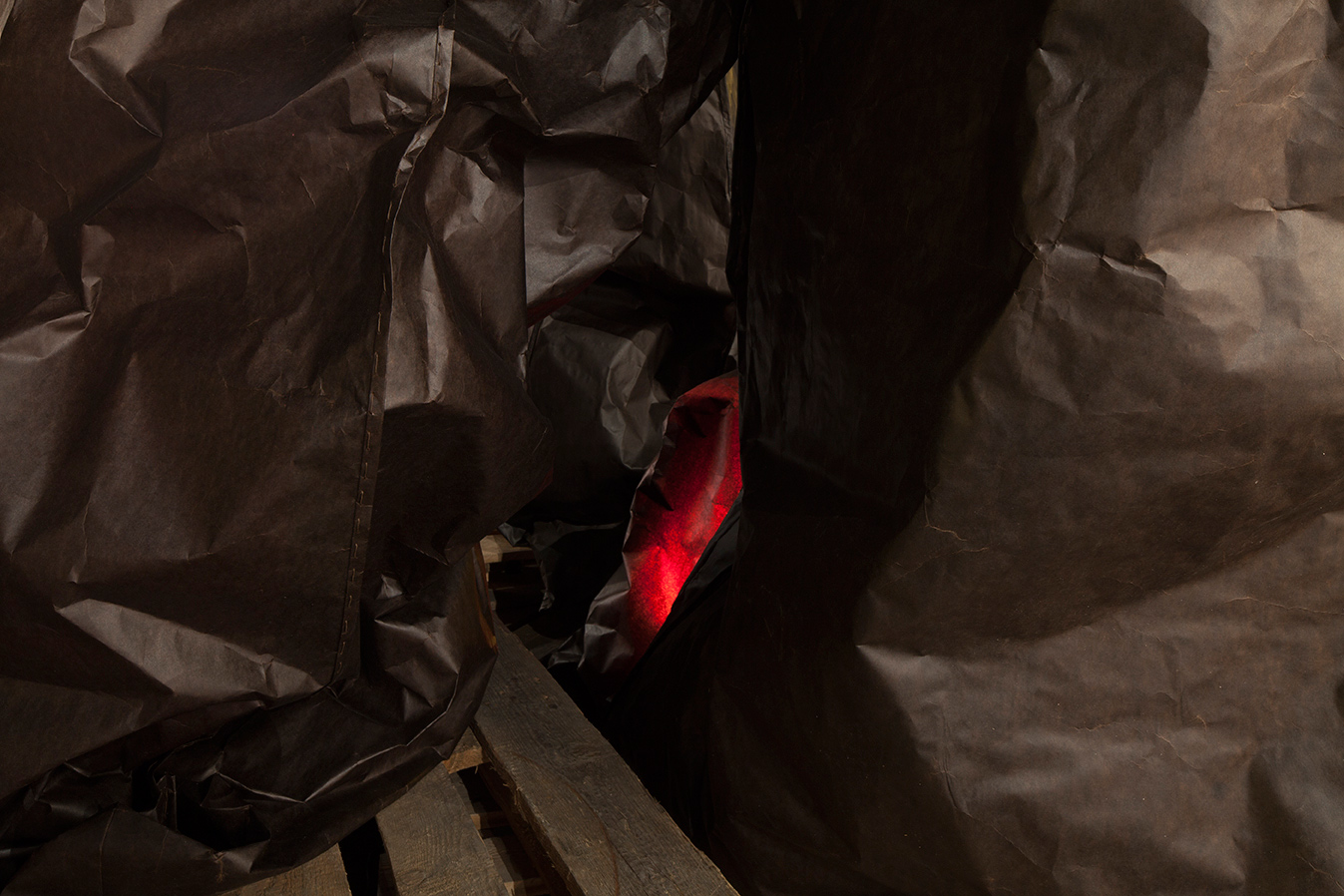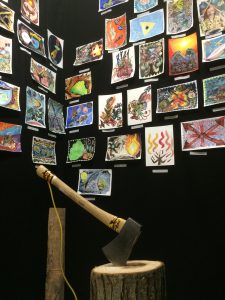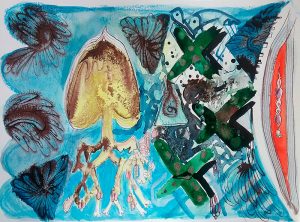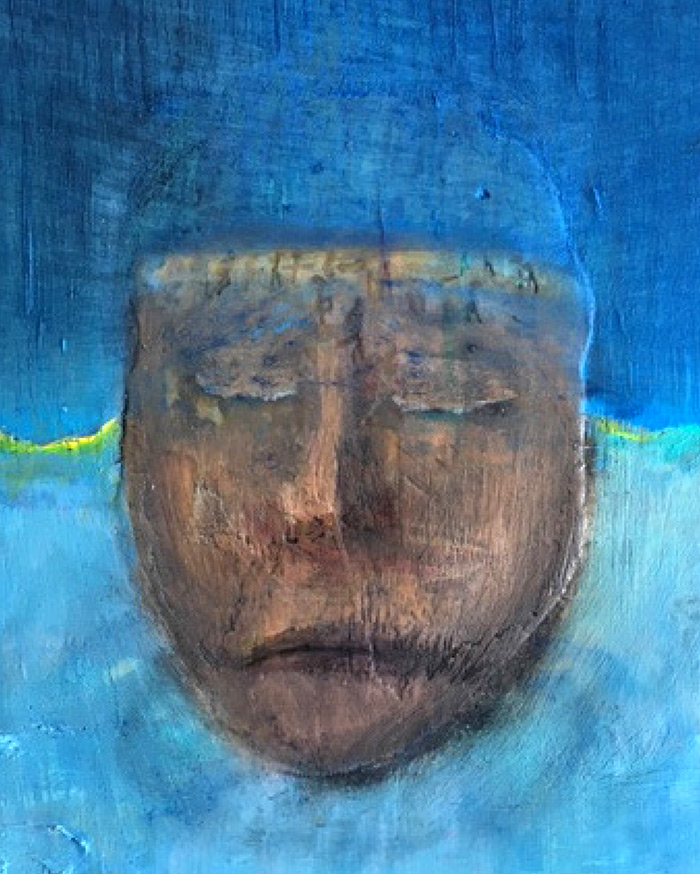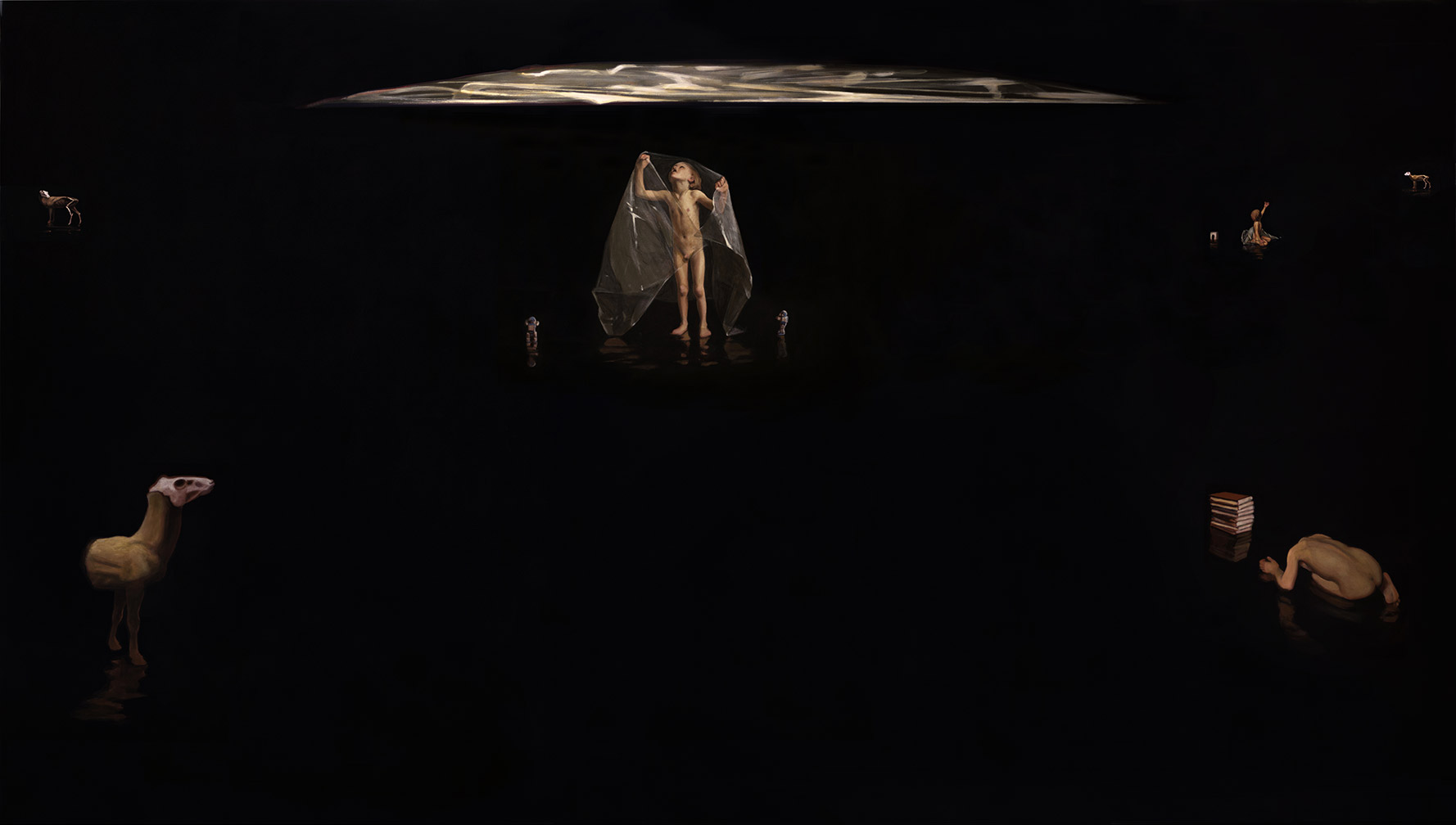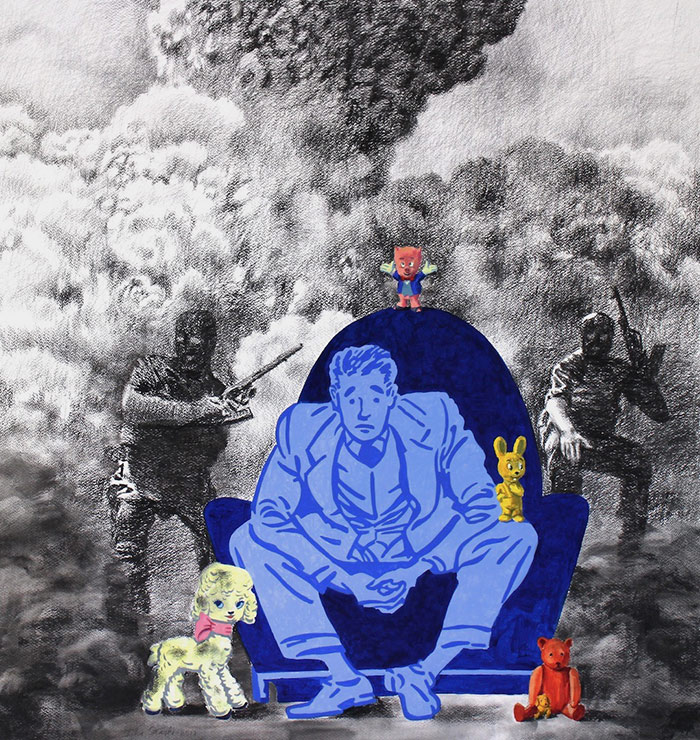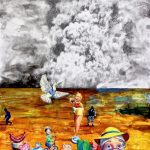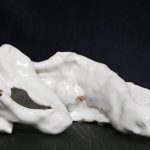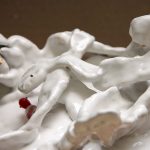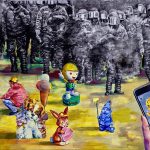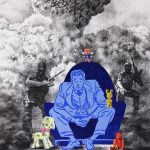Drawing exhibition with works by the Finnish artist
MARKKU HAKURI
Vernissage: 27 August 2021, 7pm
Toolbox Kabinett: Karen Stuke
27.08.–18.09.2021
Opening Times: Mi–Sa 15-19 h
10. 09. 2021: 19–21 Uhr
An Feiertagen ist die Toolbox geschlossen
On Bank holidays Toolbox is closed
For German, please scroll down
PEOPLE – Notes from the Draughtman’s Diary
MARKKU HAKURI
The rule will be formed when many coincidences meet sufficiently in the same picture.
Jevgeni Vodolzkin: The flyer, Into kustannus 2018, p. 210
PEOPLE – Notes from the Draughtman’s Diary is three-year project based on the idea of our world view, which consists of stories constructed by all our senses. We fill in and modify these stories throughout our lives.
During the working process, between May 1, 2016 and April 31, 2019, I studied how visual information constructs one’s vision of the world. Daily randomly-chosen Press photos from the Helsingin Sanomat newspaper have been transformed in the draughtman’s diary into a new picture—a vision of the artist’s mindscape, a story of the moment.
The project provides a new way of reinterpreting the Press photos, which tell a new story of the world through free associations—a story I have transferred by drawing into the surroundings of my own experience. The pictures have become part of my own life story.
For those interested in the materials used: Diary pages (30 x 40 cm); a ballpoint pen; oil pastel; and watercolors, white/mainly black.
Markku Hakuri
Deutsch
MENSCHEN – Notizen aus dem Tagebuch des Zeichners
Die Regel wird gebildet, wenn sich viele Zufälle im gleichen Bild ausreichend treffen.
Jevgeni Vodolzkin: Der Flyer, Into kustannus 2018, S. 210
Menschen – Notizien aus dem Tagebuch des Zeichners ist ein dreijähriges Projekt, das auf der Idee unserer Weltanschauung basiert, die aus Geschichten besteht, die mit allen unseren Sinnen konstruiert werden. Wir füllen und modifizieren diese Geschichten unser ganzes Leben lang.
Während des Arbeitsprozesses, zwischen dem 1. Mai 2016 und dem 31. April 2019, habe ich erforscht, wie visuelle Informationen die eigene Sicht der Welt konstruieren. Täglich zufällig ausgewählte Pressefotos der Helsinkier Zeitung (Helsingin Sanomat) wurden im Tagebuch des Zeichners in ein neues Bild verwandelt – eine Vision der Geisteslandschaft des Künstlers, eine Geschichte des Augenblicks.
Das Projekt vermittelt eine neue Art der Interpretation der Pressefotos, die durch freie Assoziationen eine neue Weltgeschichte erzählen – eine Geschichte, die ich durch Zeichnen in die Umgebung meiner eigenen Erfahrung übertragen habe. Die Bilder sind Teil meiner eigenen Lebensgeschichte geworden.
Für Interessierte, die verwendeten Materialien sind: Tagebuchseiten (30 x 40 cm); ein Kugelschreiber; Öl-Pastell; und Aquarelle, weiß/hauptsächlich schwarz.
Markku Hakuri
www.markkuhakuri.com
